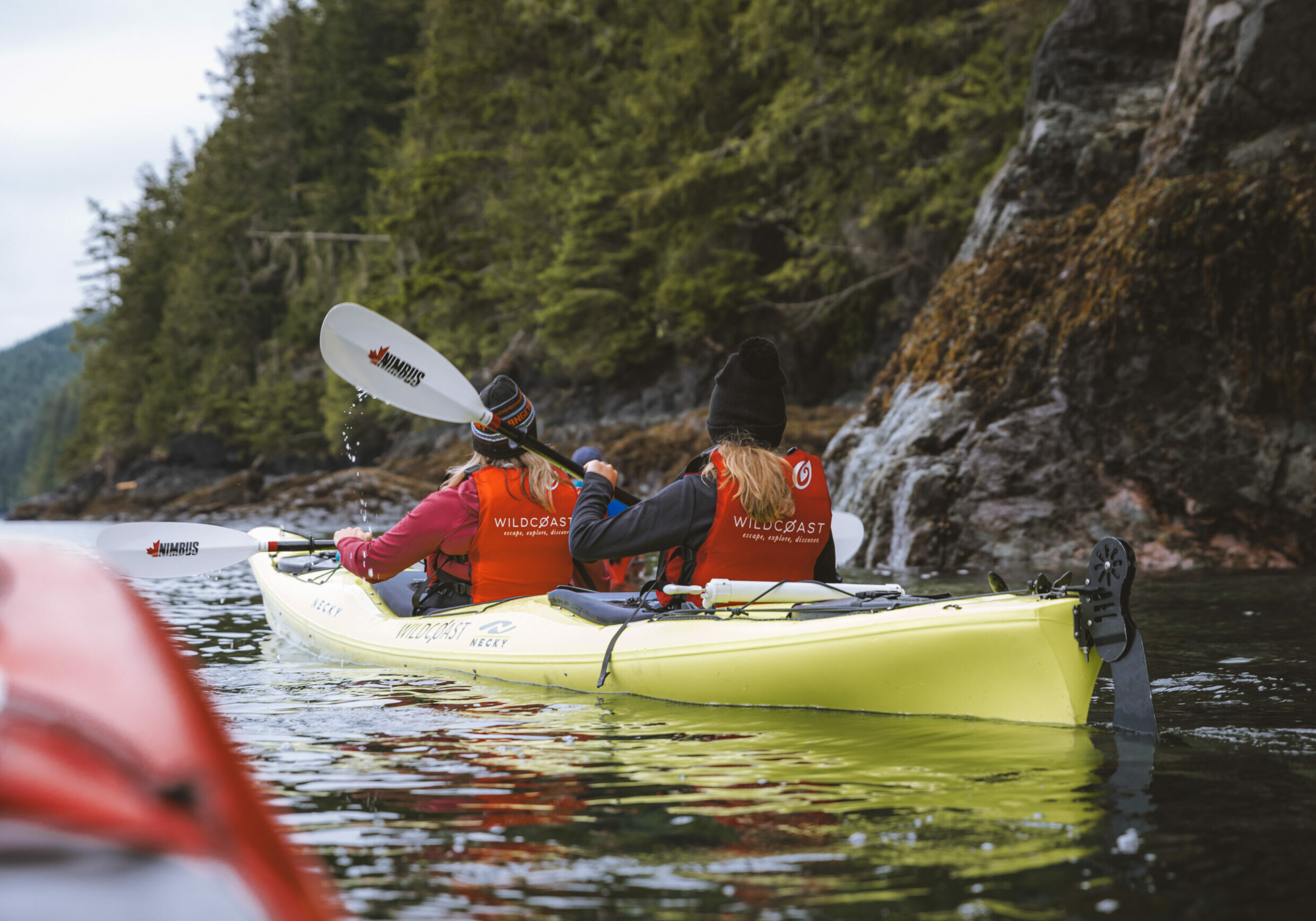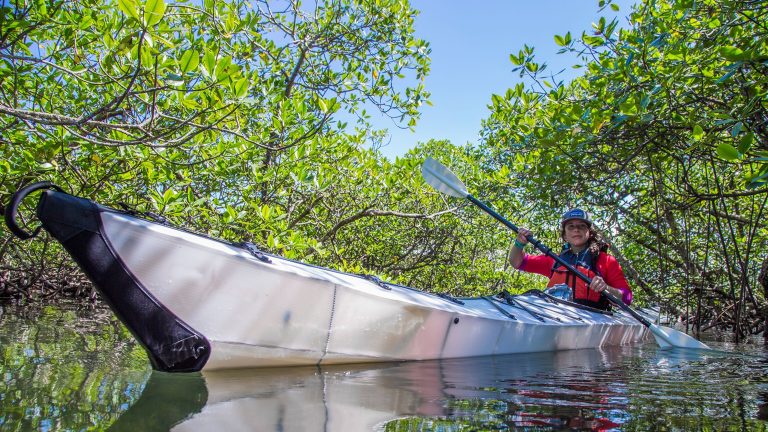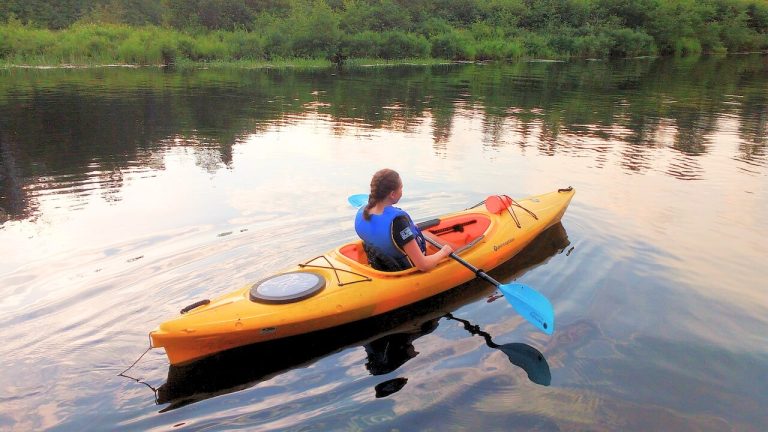A Beginner’s Guide to Canoeing or Kayaking
Embarking on the waters in a canoe or kayak offers an enriching outdoor experience that connects you with nature while providing opportunities for adventure and relaxation. Whether you’re new to paddling or looking to refine your skills, understanding the basics is essential for a safe and enjoyable journey. In this beginner’s guide, we explore the fundamentals of canoeing and kayaking, from equipment essentials to basic techniques, to help you get started on your aquatic adventure.
Choosing Your Craft: Canoe vs. Kayak
- Canoe:
- Design: Canoes are typically open boats with pointed ends and are propelled with single-bladed paddles.
- Capacity: Can accommodate more passengers and gear, making them suitable for family outings or longer trips.
- Stability: Generally offers good stability, ideal for beginners or those looking for a relaxed paddling experience.
- Kayak:
- Design: Kayaks are sleek, closed-deck boats with a cockpit for the paddler and are propelled with double-bladed paddles.
- Maneuverability: Designed for agility and speed, making them suitable for exploring narrow waterways or engaging in more dynamic paddling activities.
- Variety: Available in different types including recreational, touring, and whitewater kayaks, each designed for specific purposes and water conditions.
Essential Equipment
- Paddle: Select a paddle appropriate for your craft and paddling style (single-bladed for canoes, double-bladed for kayaks). Ensure the paddle is comfortable and properly sized for efficient strokes.
- Personal Flotation Device (PFD): Always wear a Coast Guard-approved PFD while on the water. Choose one that fits snugly and comfortably, and ensure it is properly fastened at all times.
- Safety Gear: Carry essential safety equipment such as a whistle, signaling mirror, first aid kit, and a throw rope, especially when venturing into remote or challenging waters.
- Clothing: Dress appropriately for the weather and water conditions. Wear quick-drying clothing and consider layers to regulate body temperature. Bring sun protection like hats and sunscreen.
Basic Techniques
- Gripping the Paddle: For canoes, use a relaxed grip with one hand on the grip and the other on the shaft. For kayaks, hold the paddle with both hands evenly spaced apart.
- Forward Stroke: The basic stroke used for propelling your craft forward. Engage your core muscles and keep the paddle close to the boat for efficient strokes.
- Turning and Maneuvering: Learn techniques such as the sweep stroke (for turning) and draw stroke (for moving the boat sideways), crucial for navigating obstacles or changing direction.
- Safety and Rescue Skills: Familiarize yourself with self-rescue techniques like the wet exit (for kayaks) or the canoe-over-canoe rescue (for canoes), and practice them in a controlled environment.
Planning Your Adventure
- Choose Suitable Waterways: Start on calm, flat waters with minimal currents and hazards, such as lakes or slow-moving rivers. Gradually progress to more challenging environments as your skills improve.
- Check Weather Conditions: Always check weather forecasts before heading out and be prepared for changing conditions. Avoid paddling in adverse weather or high winds.
- Inform Others: Let someone know your paddling plans, including your intended route and expected return time. Consider using a float plan to document these details.
Conclusion
Canoeing and kayaking offer a gateway to exploring the outdoors while providing opportunities for physical activity and relaxation. By familiarizing yourself with the basics of equipment, techniques, and safety practices, you can embark on a rewarding paddling adventure with confidence. Whether you choose a canoe or kayak, the journey promises to enrich your connection with nature and provide memorable experiences on the water.



